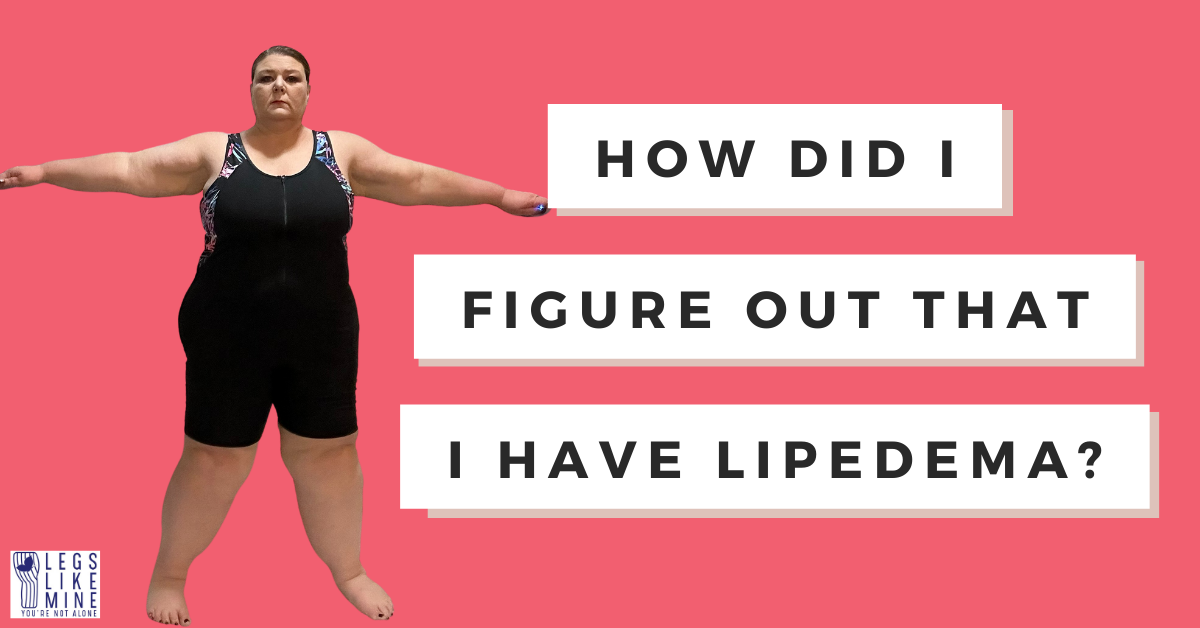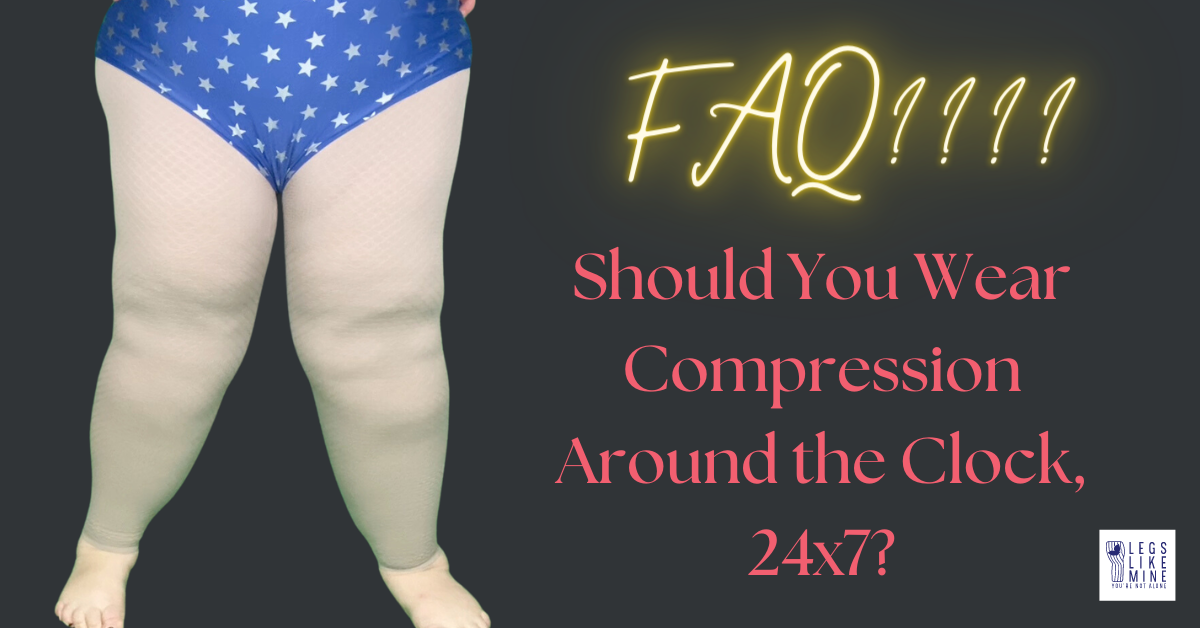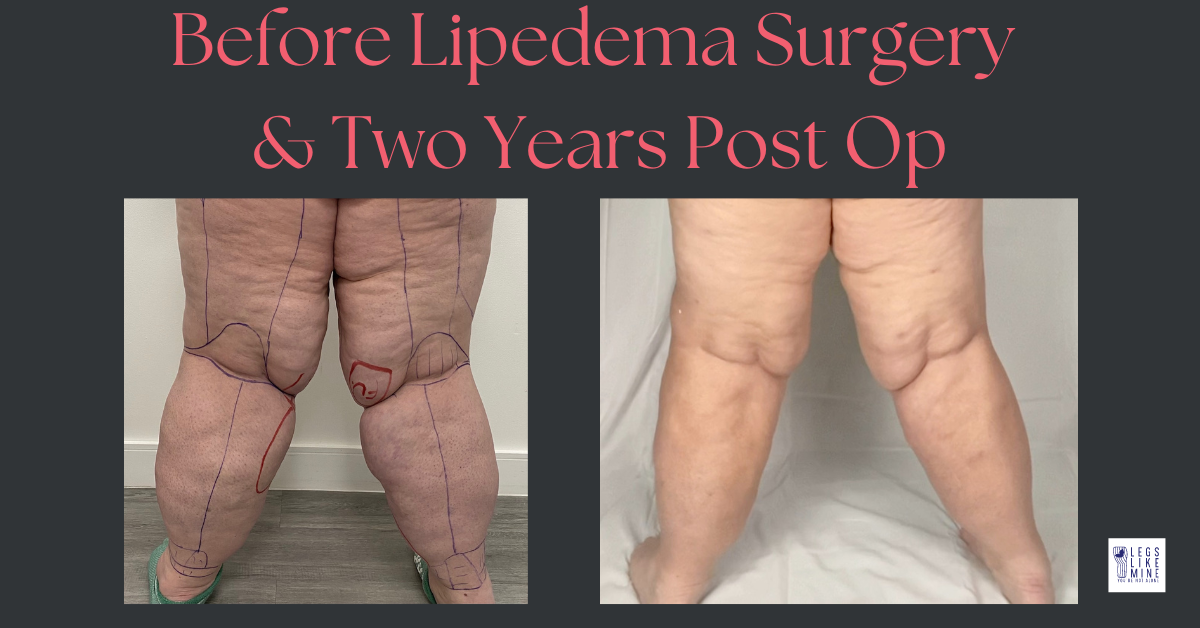Hi friends!
I watch a site called PubMed regularly for any new information coming out about lipedema. I noticed this and thought it was worth sharing. If you’ve followed me long, you know I’m an avid swimmer – it’s incredibly freeing for my body to move how I want while getting exercise. But now I’m reiterating that I need to be doing other kinds of exercise too, to do what I can to stay healthy.
Here are some key takeaways from this research paper:
- Exercise positively influences fat tissue health through various biological mechanisms, such as the release of beneficial molecules from muscles and fat cells.
- People with lipedema may benefit from different types of exercises, including:
- Posture and core strengthening exercises
- Muscle-building exercises
- Walking and gait training
- Exercises to improve coordination between muscles and nerves
- Deep breathing exercises
- Low-impact exercises are particularly recommended for lipedema sufferers, taking into account the patient’s preferred activities.
- Exercises involving leg and calf muscles have been shown to increase the flow of lymph (a clear fluid that helps remove waste from tissues) and improve blood circulation, potentially reducing swelling. (I often hear therapists say the calf is the heart of the lymphatics…or something like that!)
- Regular exercise not only helps combat main symptoms like fatigue and muscle weakness but is also crucial for encouraging patients to maintain a healthy lifestyle.
The paper emphasizes the importance of incorporating exercise into the management of lipedema, alongside other treatments. However, it also acknowledges that many patients (ok, well all HUMANS – my words there) struggle to stick to exercise routines. To address this issue, the study suggests starting with gentle exercises and gradually increasing intensity. It also recommends finding ways to motivate patients, both through personal satisfaction and external rewards, to improve their commitment to exercise.
As always consult with your healthcare providers before starting any new exercise program to ensure it’s safe and appropriate for you.











